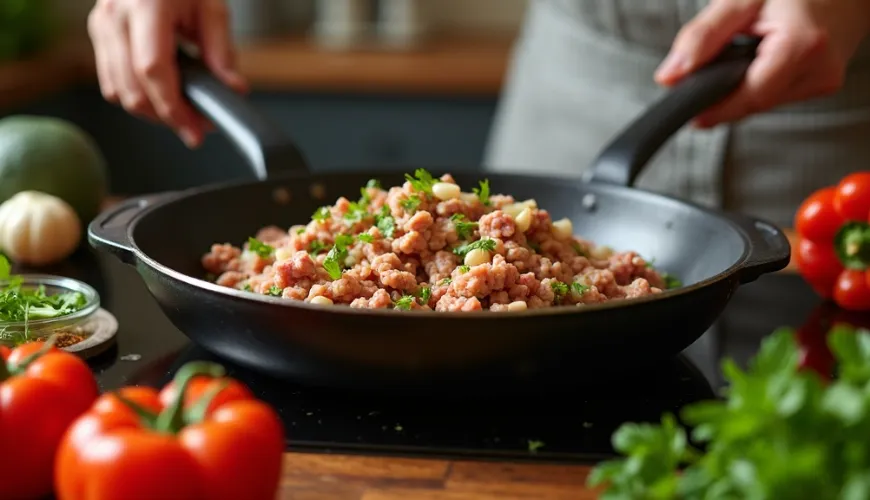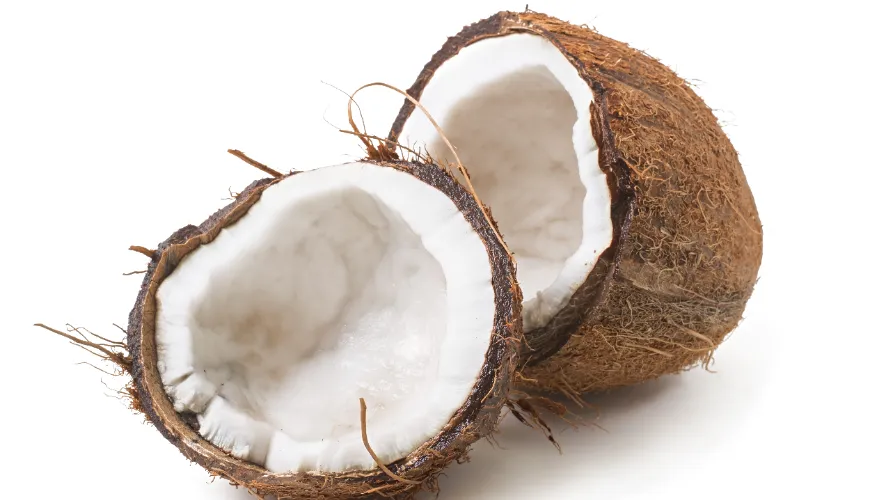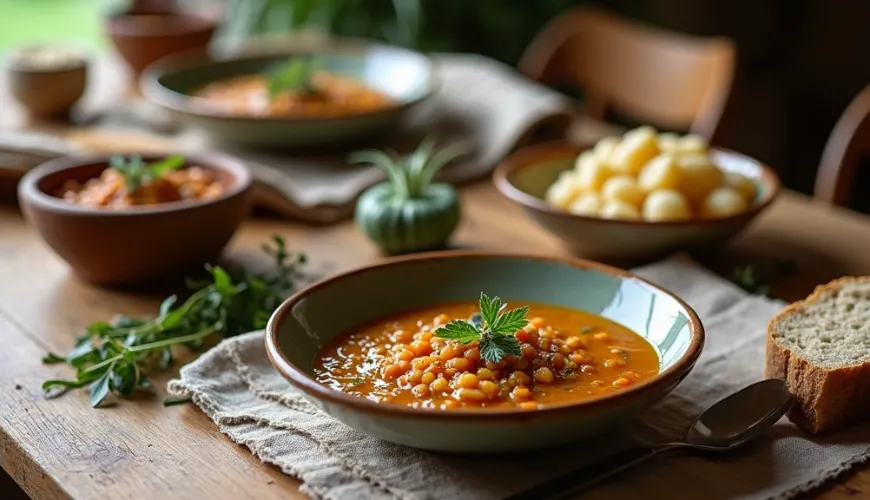
The Tradition and Flavor of Beles, Which Should Not Be Missing from Your Table

Grandma's Recipe for Beleše - The Scent of Slovácko That Never Fades
In the southeast of Moravia, in the land of wine, folklore, and hospitality, traditional recipes are still passed down today, filled with the scent of wood-fired ovens and the love from grandmothers' hands. One of these treasures is the recipe for beleše – a simple yet unforgettable pastry that is as much a part of Slovácko as cimbalom music and traditional costumes. You might know them by another name – some call them beleše, others běleše or bělešky. But regardless of what they are called, they share one thing in common: they symbolize home, tradition, and a warm, carefree afternoon.
What Exactly Are Beleše?
Beleše are a type of leavened pastry, reminiscent of flatbreads or pancakes, traditionally cooked dry on a stovetop or in a cast-iron pan without any fat. Sometimes they are fried in lard or oil, but the classic Slovácko beleše are prepared without unnecessary fat – which gives them their distinctive taste. The dough is similar to that used for buns or cakes, but the consistency is slightly thinner, making it easy to spread and resulting in a beautifully soft and slightly moist texture once baked.
Beleše are most commonly served with plum jam, curd cheese, sour cream, or simply sprinkled with sugar. In some families, they are also served savory – for example, with sauerkraut or garlic. This versatility makes beleše a favorite dish not only for festive tables but also for ordinary days when you need to bring joy with something simple and honest.
Grandma's Beleše - A Recipe with Roots
The recipe for beleše, as remembered from grandmothers, is not complicated. Simple ingredients, a bit of patience, and above all, respect for tradition. This is how Mrs. Marie from a village near Strážnice remembered her grandma's beleše, preparing them every Sunday as a sweet ending to lunch.
Ingredients for Classic Leavened Beleše:
- 500 g plain flour
- 250 ml lukewarm milk
- 1 cube of yeast (42 g)
- 2 tablespoons sugar
- 1 egg
- 1 teaspoon salt
- 2 tablespoons oil or melted butter
For spreading or serving:
- plum jam
- sour cream
- curd cheese with sugar and vanilla
First, prepare the leaven: crumble the yeast into a portion of lukewarm milk, add a teaspoon of sugar and flour, stir, and let it rise. Then mix everything with the flour, egg, the rest of the milk, sugar, salt, and fat. The dough is thoroughly kneaded and left to rise – for about an hour, until it doubles in volume. After rising, the dough is divided into smaller balls, which are spread into flatbreads by hand or with a rolling pin and cooked dry on a pan until golden on both sides.
Imagine a warm beleša, smelling of leavened dough, lightly crispy on the edges and richly spread with homemade jam from last year's plums. Add a cup of white coffee or tea, the landscape outside the window, and a grandmother quietly nodding in approval, "You did well."
Why Are Beleše Making a Comeback?
In a time when more people are interested in genuine ingredients, local products, and a return to roots, traditional recipes are not lagging behind. Beleše fit perfectly into this trend – they are simple, inexpensive, easy to prepare, and yet incredibly tasty. Moreover, their preparation is a great opportunity to involve the whole family. Children can help shape the flatbreads, adults with cooking, and everyone can then enjoy them together.
Interestingly, beleše are also appearing in modern cookbooks. Some food bloggers give them a new twist – for example, adding chia seeds, baking with wholemeal flour, or serving with caramelized fruit. But despite these innovations, the foundation remains the same: honest leavened dough and the joy of food.
Where Else Can You Encounter Beleše?
Beleše are not just the preserve of home kitchens. They also appear at fairs, folklore festivals, or in themed restaurants focused on Moravian cuisine. For example, at the Slovácko Year in Kyjov or during the wine harvest in Velké Bílovice, you can find stalls where beleše are cooked on large cast-iron plates right before visitors' eyes – and their scent attracts nearly everyone.
In some villages, there are even associations dedicated to preserving regional recipes and organizing workshops for the public. There you can learn how to make authentic Slovácko beleše according to the traditional recipe – including all the little tricks you won't find in modern cookbooks. For example, the dough must not be too stiff, or the beleše will curl during cooking. Or that the best ones are slightly burnt on the edges – because that's when they have the true "grandma" flavor.
Simple Ingredients, Profound Meaning
It may not seem like it, but beleše are one of those dishes that carry much more than just taste. They are a memory of home cooking, embroidered tablecloths, and childhood spent in the countryside. They are proof that even with the most basic ingredients – flour, milk, yeast – something of lasting value can be created. And especially today, when many of us are once again realizing the importance of sustainability and returning to simplicity, it's worth returning to beleše.
As ethnographer Eva Večerková, who has long focused on Moravian folklore, says: "Traditional foods are not just about tastes. They are about memory, identity, and the stories we pass from generation to generation."
And beleše are one of those stories worth preserving. Whether you prepare them according to the classic grandma's recipe, or try their modern version, take a moment of peace and let yourself be carried away by their honest, homely atmosphere. Because in a time when life speeds up, sometimes the greatest luxury is a simple beleša with a drop of homemade jam.

